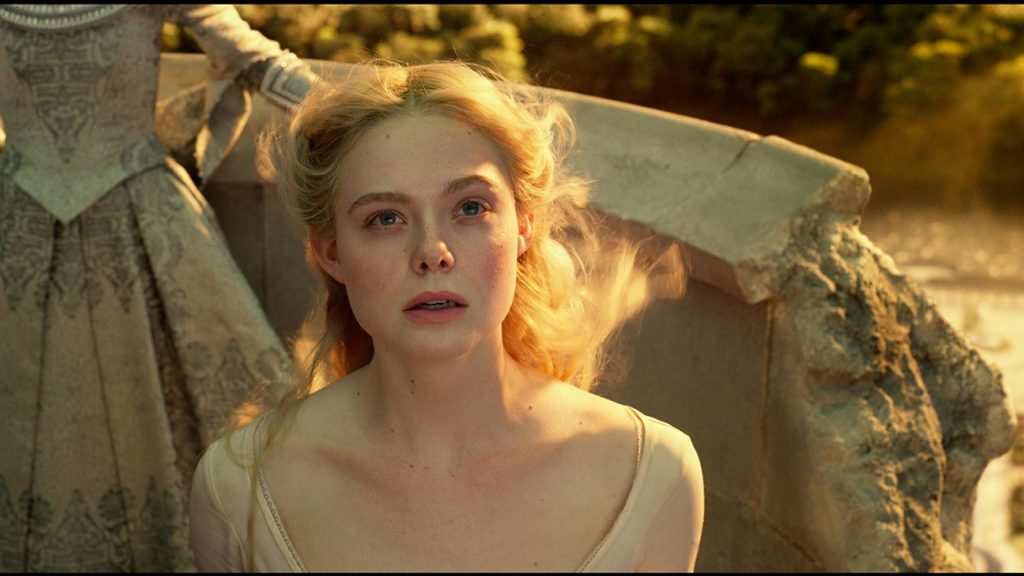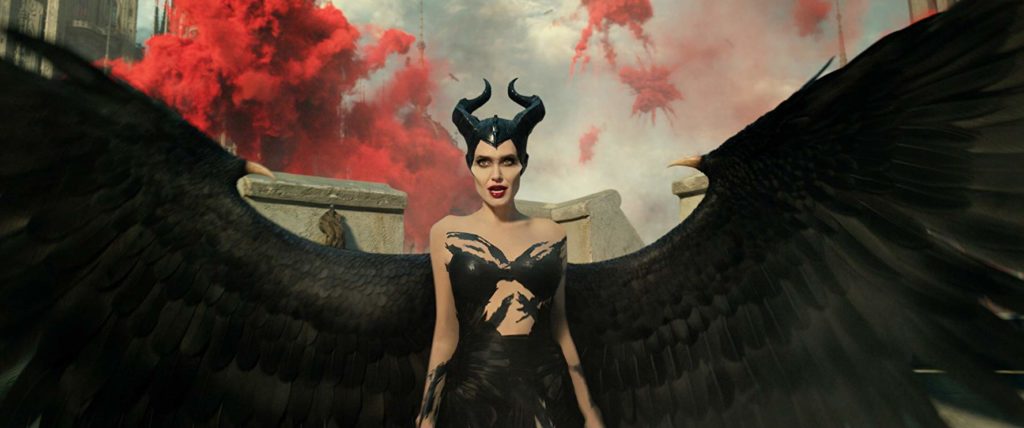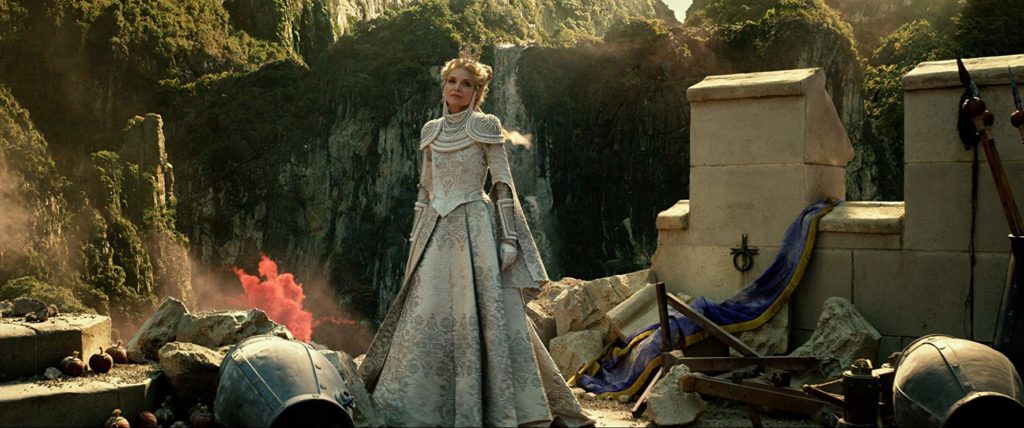Angelina Jolie’s iconic horned villainess who isn’t all that bad after all, is back and ready for more.
This time around, five years have passed since we saw Aurora crowned Queen of the Moors at the end of 2014’s Maleficent. Since then, she seems to spend her days prancing around the forest in her flower crown, ruling over creatures large and small with a gentle, if insipid, style of leadership.

Her romance with the rather boring Prince Philip (now recast as Harris Dickinson) is still going strong and culminates in a predictable proposal about five minutes in, to the intense anger of her fearsome godmother, Maleficent.
The rest of the film unfolds as Philip’s parents, the peace-seeking King John (Robert Lindsay) and his fairy-hating, sinister wife, Queen Ingrith (Michelle Pfeiffer) propose a dinner to meet Aurora and Maleficent, which, as you would expect, ends in disaster.
Pfeiffer’s Queen Ingrith is clearly pulling the strings and her sinister plot to turn the world against Maleficent and the rest of the magical creatures starts to take shape pretty quickly, in a fairly dark way for a children’s film.
Pfeiffer does a wonderful job as the villainous and powerful woman you love to hate, in a role reminiscent of her turn in 2007’s Stardust. It’s just such a shame that her motives for being evil are so flimsy and under-developed. Although it’s thrilling to watch Pfeiffer have fun with the role, it all just feels like ‘evil for the sake of being evil.’ Yawn.

Fanning does a good job as the innocent Aurora, looking wide eyed and hurt for the most of the film, but her performance doesn’t really rise above crying on cue and acting shocked when the most obvious things happen.
As the title would suggest, Jolie is the true star and although her screen time pales in comparison to Fanning’s, her presence is so undeniably captivating that it’s just enough to hold the film together.
Where this film is ultimately lacking is in its storytelling. We spend more time watching Aurora stumble around, falling into Ingrith’s obvious traps than we do with Maleficent herself. It’s an odd choice to neglect the title character in favour of watching Aurora play house with her new in-laws and struggle with her sense of identity. More Maleficent, less teen angst please.
The film really starts to lose any sense of direction towards the end, having to resort to a Marvel-style battle sequence that, although impressive, feels out of place in a film that is, at its heart, about a mother and daughter relationship.

The filmmakers do their best to tackle some interesting and increasingly relevant issues in the film, ideas of hatred, fear and intolerance and the importance of acceptance. Yet they hide it behind a metaphor so thin that it’s frustrating when they don’t just come out and say it.
The film itself, ignoring the muddled plot and questionable pacing, is enjoyable. Praise must be given for the stunning visuals, including some vibrant set pieces and wonderful costumes by The Greatest Showman’s Ellen Mirojnick.
Ultimately however, watching Hollywood veterans like Pfeiffer and Jolie engage in a battle of sinister glares and devilish plans, as fun as it is, isn’t really enough to save a film that is held down by a weak and predictable plot.
Maleficent: Mistress of Evil is out now.
